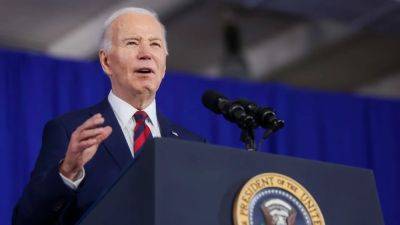Dollar set for weekly rise after shift in global rate outlook
By Amanda Cooper
LONDON (Reuters) -The dollar headed for a second week of gains on Friday, with even a rate hike in Japan unable to halt its march, and a surprise cut in Switzerland highlighting the gap between the Federal Reserve and others in interest rate settings.
This week has marked a shift in the direction of global monetary policy, after a number of major central banks either made changes to their interest rates, or signalled that they intended to do so before too long.
The dollar was on course for its second largest weekly rise against a basket of currencies, while rate-sensitive assets such as gold and stocks hit record highs.
«Each central bank has had an element of surprise this week and that's been reflected in the market, which is why we've seen such big moves — record highs in U.S. equities, on the DAX and big drops in sterling/dollar and dollar/yen going towards multi-decade highs,» City Index strategist Fiona Cincotta said.
Expectations for policy easing in China too have piled pressure on its currency, for example, and it dropped sharply in the onshore session, spooking equity investors and prompting state banks to step in. [CNY/][MKTS/GLOB]
It was last at 7.229 per dollar, while in offshore trading the dollar headed for its largest one-day rise against the yuan in a year, up 0.8% to 7.2778.
The Swiss National Bank had earlier delivered the biggest surprise of a week crammed with central bank meetings, cutting interest rates and citing the strength of the franc as a reason.
The franc, the best performing G10 currency of 2023, has lost nearly 2% in value against the dollar this week, marking its largest weekly slide since mid-2022.
The Bank of Japan announced an historic shift out of negative
Read more on investing.com

 investing.com
investing.com





















